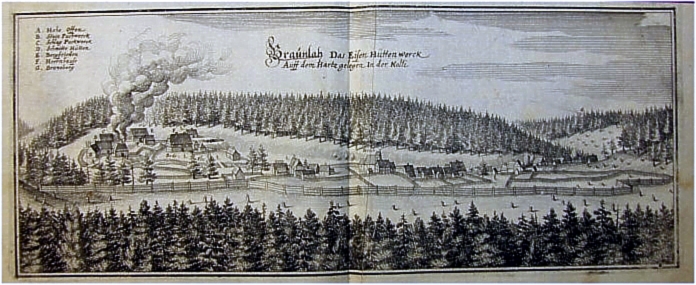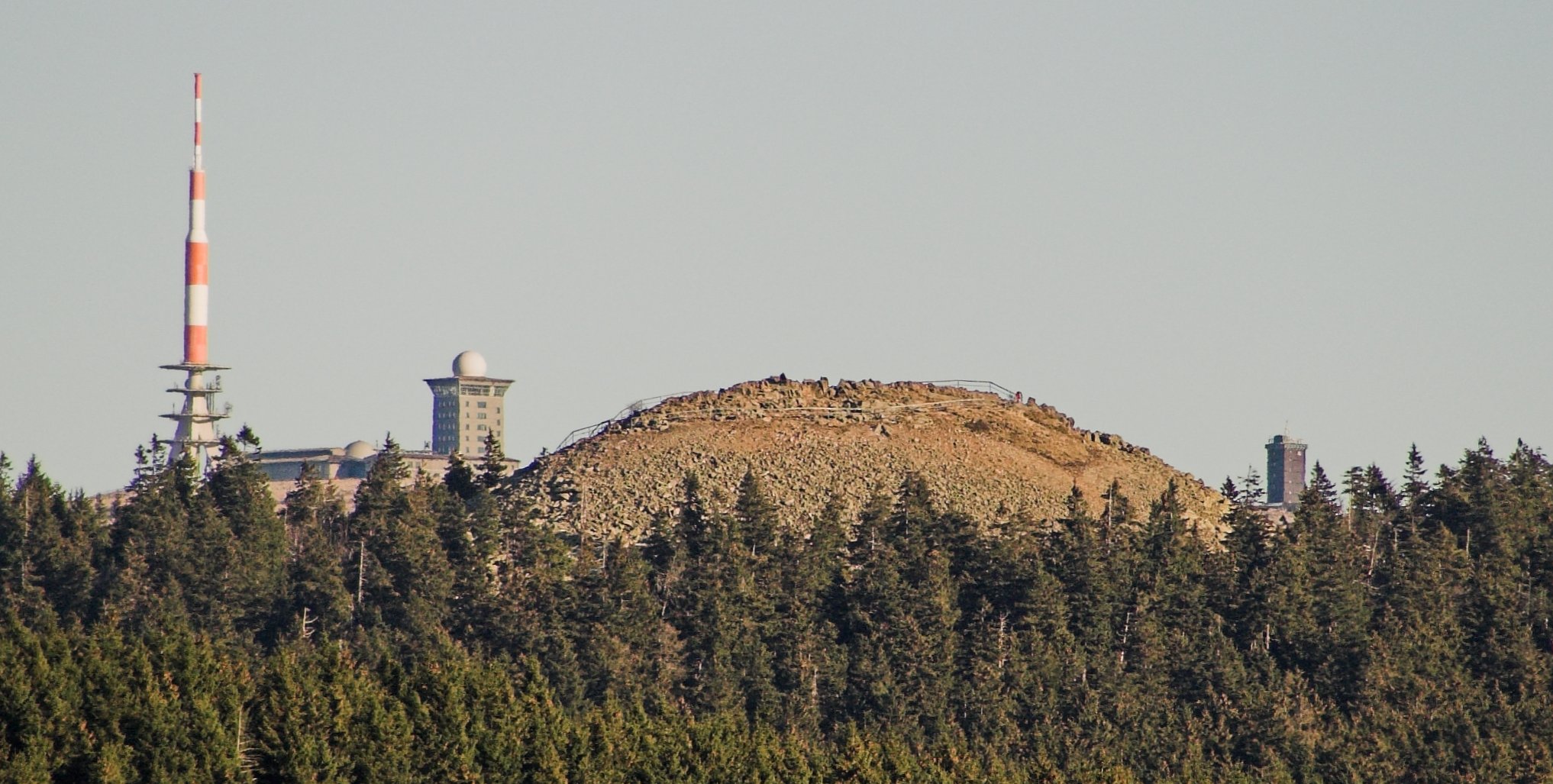|
Ulrichswasser
Ulrichswasser is a river of Lower Saxony, Germany. It is a right tributary of the Warme Bode in the town of Braunlage in the district of Goslar. Course The source region of the Ulrichswasser lies roughly northeast of Königskrug in the ''Königsbruch'' marsh at the foot of the Achtermannshöhe ridge at a height of about 760 metres. The stream then descends a height of 180 metres over a distance of before discharging into the Warme Bode at a height of about 580 m above sea level. The stream is not named after the forester (1838–1927) as might be supposed. It is described as the ''Ulmersches Wasser'' already on a forest map from the 18th century. See also *List of rivers of Lower Saxony All rivers in the German state of Lower Saxony flow directly or indirectly into the North Sea. A–Z A B D E F G H I J K L M N O P * Purrmühlenbach R S T * Tiefenbeek * Trillkebach * Trutenbeek * Twiste U * Uffe * Ulrich ... Rivers of Lower Saxony Ri ... [...More Info...] [...Related Items...] OR: [Wikipedia] [Google] [Baidu] |
Warme Bode
The Warme Bode is the right-hand headstream of the Bode in the High Harz mountains of central Germany in the states of Lower Saxony and Saxony-Anhalt. It is long and is formed by the confluence of the Große Bode and Kleine Bode rivers. Name The names of the Warme and Kalte Bode ('Warm' and 'Cold' Bode) come from their actual temperature difference of about 2 °C. Headstreams Große Bode The ''Große Bode'' ('Great Bode') is the left-hand headstream of the Warme Bode and is about long. Its source is at the foot of the highest mountain in the Harz, the Brocken, in the southern part of the so-called ''Brockenfeld'' on the border of Saxony-Anhalt. Immediately nearby are the sources of the Kalte Bode, the Ecker and the Oder. The Große Bode flows mainly southwards, on the western slopes of the Wurmberg towards Braunlage. Its course is characterised by little waterfalls and steps (''Fallstufen'') including the ''Oberer Bodefall''. In front of Braunlage it is united with th ... [...More Info...] [...Related Items...] OR: [Wikipedia] [Google] [Baidu] |
List Of Rivers Of Lower Saxony
All rivers in the German state of Lower Saxony flow directly or indirectly into the North Sea. A–Z A B D E F G H I J K L M N O P * Purrmühlenbach R S T * Tiefenbeek * Trillkebach * Trutenbeek * Twiste U * Uffe * Ulrichswasser * Unterelbe V W Z * Zellbach * Zorge By basin This list uses bullets and indents to show the rivers' hierarchy and the sequence from river mouth to source. The number of indents corresponds to the river's position in the sequence. Tributaries are shown orographically as either a left (l) or a right (r) tributary of the next waterway in the downstream direction. Elbe * Elbe (, into the North Sea) ** Medem (l) *** Emmelke ** Oste (l) (153 km) *** Aue (tributary of the Oste) (l) (14 km) *** Mehe (l) *** Bever (r) *** Twiste (r) *** Ramme (r) ** Schwinge (l) ** Lühe (l) *** Aue (tributary of the Elbe) (26 km) ** Este (l) ** Seeve (l) (40 km) ** Ilmenau (l) (107 km) *** Luhe (l) (58 ... [...More Info...] [...Related Items...] OR: [Wikipedia] [Google] [Baidu] |
Germany
Germany,, officially the Federal Republic of Germany, is a country in Central Europe. It is the second most populous country in Europe after Russia, and the most populous member state of the European Union. Germany is situated between the Baltic and North seas to the north, and the Alps to the south; it covers an area of , with a population of almost 84 million within its 16 constituent states. Germany borders Denmark to the north, Poland and the Czech Republic to the east, Austria and Switzerland to the south, and France, Luxembourg, Belgium, and the Netherlands to the west. The nation's capital and most populous city is Berlin and its financial centre is Frankfurt; the largest urban area is the Ruhr. Various Germanic tribes have inhabited the northern parts of modern Germany since classical antiquity. A region named Germania was documented before AD 100. In 962, the Kingdom of Germany formed the bulk of the Holy Roman Empire. During the 16th ce ... [...More Info...] [...Related Items...] OR: [Wikipedia] [Google] [Baidu] |
Lower Saxony
Lower Saxony (german: Niedersachsen ; nds, Neddersassen; stq, Läichsaksen) is a German state (') in northwestern Germany. It is the second-largest state by land area, with , and fourth-largest in population (8 million in 2021) among the 16 ' federated as the Federal Republic of Germany. In rural areas, Northern Low Saxon and Saterland Frisian are still spoken, albeit in declining numbers. Lower Saxony borders on (from north and clockwise) the North Sea, the states of Schleswig-Holstein, Hamburg, , Brandenburg, Saxony-Anhalt, Thuringia, Hesse and North Rhine-Westphalia, and the Netherlands. Furthermore, the state of Bremen forms two enclaves within Lower Saxony, one being the city of Bremen, the other its seaport, Bremerhaven (which is a semi-enclave, as it has a coastline). Lower Saxony thus borders more neighbours than any other single '. The state's largest cities are state capital Hanover, Braunschweig (Brunswick), Lüneburg, Osnabrück, Oldenburg, Hildesheim, ... [...More Info...] [...Related Items...] OR: [Wikipedia] [Google] [Baidu] |
Königskrug
Braunlage () is a town and health resort in the Goslar district of Lower Saxony in Germany. Situated within the Harz mountain range, south of the Brocken massif, Braunlage's main business is tourism, particularly skiing. Nearby ski resorts include the Sonnenberg and the slopes on the Wurmberg. Geography Braunlage is located on the Warme Bode, a headstream of the river Bode, close to the border with Elend in the state of Saxony-Anhalt. The municipal area stretches along the south-eastern rim of the Harz National Park from an elevation of up to at the summit of the Wurmberg. Other peaks in the vicinity include the Achtermannshöhe and the Hahnenklee Crags. Districts The town consists of three districts: * Braunlage proper * Hohegeiß*, incorporated on 1 July 1972 * Sankt Andreasberg**, incorporated on 1 November 2011 * with the village of Königskrug ** with the villages of Sonnenberg, Oderhaus, Oderbrück, Oderberg, Odertaler Sägemühle and Silberhütte Transportat ... [...More Info...] [...Related Items...] OR: [Wikipedia] [Google] [Baidu] |
Braunlage
Braunlage () is a town and health resort in the Goslar district of Lower Saxony in Germany. Situated within the Harz mountain range, south of the Brocken massif, Braunlage's main business is tourism, particularly skiing. Nearby ski resorts include the Sonnenberg and the slopes on the Wurmberg. Geography Braunlage is located on the Warme Bode, a headstream of the river Bode, close to the border with Elend in the state of Saxony-Anhalt. The municipal area stretches along the south-eastern rim of the Harz National Park from an elevation of up to at the summit of the Wurmberg. Other peaks in the vicinity include the Achtermannshöhe and the Hahnenklee Crags. Districts The town consists of three districts: * Braunlage proper * Hohegeiß*, incorporated on 1 July 1972 * Sankt Andreasberg**, incorporated on 1 November 2011 * with the village of Königskrug ** with the villages of Sonnenberg, Oderhaus, Oderbrück, Oderberg, Odertaler Sägemühle and Silberhütte Transportat ... [...More Info...] [...Related Items...] OR: [Wikipedia] [Google] [Baidu] |
Goslar (district)
Goslar () is a district in Lower Saxony, Germany. It is bounded by (from the south and clockwise) the districts of Göttingen, Northeim, Hildesheim and Wolfenbüttel, the city of Salzgitter, and by the states of Saxony-Anhalt (district of Harz) and Thuringia ( Nordhausen). History The history of the district is linked with the city of Goslar. The district of Goslar was established in the 19th century by the Prussian government. The city of Goslar did not belong to the district until 1972, when it was eventually incorporated into the district. Langelsheim merged 1 November 2021 with the three municipalities of the Samtgemeinde Lutter am Barenberge, which was abolished. Geography The region comprises the northwestern part of the Harz mountains. The Harz National Park is part of this district. The highest peak is the Wurmberg (971 m) near Braunlage, also being the highest elevation of Lower Saxony. Above the small town of Altenau there is the source of the Oker river, which run ... [...More Info...] [...Related Items...] OR: [Wikipedia] [Google] [Baidu] |
Achtermannshöhe
At , the Achtermannshöhe (also just called the Achtermann) in the Harz National Park is the third highest mountain in Lower Saxony and the fourth highest in the Harz mountains. It lies in the unparished area of Harz between the Harz-Heide route ( B 4) and the old Inner German Border about 6 km north of Braunlage. Its summit, covered with loose boulders, stands proud of the surrounding trees and offers a superb all-round view. Equally its characteristic rounded hilltop or ''Kuppe'' is visible in good weather from many other points in the Harz. The Achtermann may be accessed by paths leading from Oderbrück and Königskrug. Geology The base of the Achtermannshöhe is part of the granite massif of the Brocken, which extends across a wide area between Wurmberg, Torfhaus and Elend. By contrast, the rocky, treeless ''Kuppe'' of the Achtermann comprises hornfels, a contact metamorphic rock. The hornstone on the summit has a depth of about 10 m and was formed fro ... [...More Info...] [...Related Items...] OR: [Wikipedia] [Google] [Baidu] |
Rivers Of Lower Saxony
A river is a natural flowing watercourse, usually freshwater, flowing towards an ocean, sea, lake or another river. In some cases, a river flows into the ground and becomes dry at the end of its course without reaching another body of water. Small rivers can be referred to using names such as creek, brook, rivulet, and rill. There are no official definitions for the generic term river as applied to geographic features, although in some countries or communities a stream is defined by its size. Many names for small rivers are specific to geographic location; examples are "run" in some parts of the United States, " burn" in Scotland and northeast England, and "beck" in northern England. Sometimes a river is defined as being larger than a creek, but not always: the language is vague. Rivers are part of the water cycle. Water generally collects in a river from precipitation through a drainage basin from surface runoff and other sources such as groundwater recharge, springs, ... [...More Info...] [...Related Items...] OR: [Wikipedia] [Google] [Baidu] |
Rivers Of The Harz
A river is a natural flowing watercourse, usually freshwater, flowing towards an ocean, sea, lake or another river. In some cases, a river flows into the ground and becomes dry at the end of its course without reaching another body of water. Small rivers can be referred to using names such as creek, brook, rivulet, and rill. There are no official definitions for the generic term river as applied to geographic features, although in some countries or communities a stream is defined by its size. Many names for small rivers are specific to geographic location; examples are "run" in some parts of the United States, " burn" in Scotland and northeast England, and "beck" in northern England. Sometimes a river is defined as being larger than a creek, but not always: the language is vague. Rivers are part of the water cycle. Water generally collects in a river from precipitation through a drainage basin from surface runoff and other sources such as groundwater recharge, springs, ... [...More Info...] [...Related Items...] OR: [Wikipedia] [Google] [Baidu] |





